Slab leaks cause significant home damage and require prompt crack repair. Recognize signs like cracks, bubbling, or water stains, then identify the leak source. Use suitable materials – epoxy for large cracks, polyurethane for tiny hairline cracks, cement-based products for general repairs, and rubber/silicone sealants for flexibility. Costs vary greatly based on damage, with minor fixes around $500 to major repairs exceeding $20,000. Regular inspection, maintenance, and early crack repair prevent future foundation issues.
“Discover the secrets to mastering slab leak repair with our comprehensive guide. From understanding hidden causes and identifying subtle signs, to the impact of timely intervention and detailed repair processes, this article covers all aspects of crack repair. Learn about essential materials, cost breakdowns, and proactive measures to prevent future leaks. Equip yourself with knowledge to safeguard your property and avoid costly damages.”
Understanding Slab Leak Causes
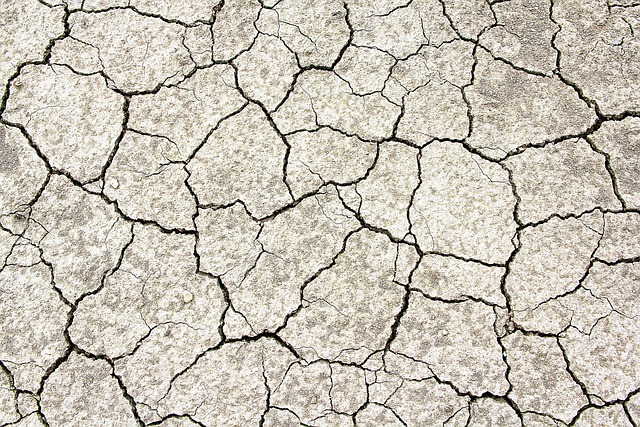
Slab leaks can be a significant homeownership concern, arising from various factors that require careful consideration. Understanding the causes is the first step in effective crack repair. One common reason for slab leaks is aging or damaged pipes beneath the concrete slab, which can lead to persistent water seepage. These pipes, often made of metal, may corrode over time, causing breaks and cracks that result in water damage.
Another factor could be poor initial construction, including inadequate sealing or improper installation of pipes within the slab. Structural changes in the foundation due to shifting soil or heavy overhead loads can also contribute to crack formation. Identifying the specific cause is crucial for targeted repair, ensuring long-lasting solutions rather than temporary fixes.
Identifying Signs of a Slab Leak

The first step in addressing a slab leak is recognizing the signs. One of the most obvious indicators is the presence of cracks on your concrete slab. These cracks can vary in size and shape, from thin hairline fractures to broader gaps. They often appear as vertical or horizontal lines, or even diagonal patterns, across the surface of the slab.
Other signs include bubbling or lifting of the slab’s surface, which might look like small mounds or raised areas. Water stains on the floor or ceiling below can also signal a leak. If you notice any of these issues, especially in older homes or buildings, it’s crucial to call for professional crack repair services immediately to prevent further damage.
The Impact of Timely Repair
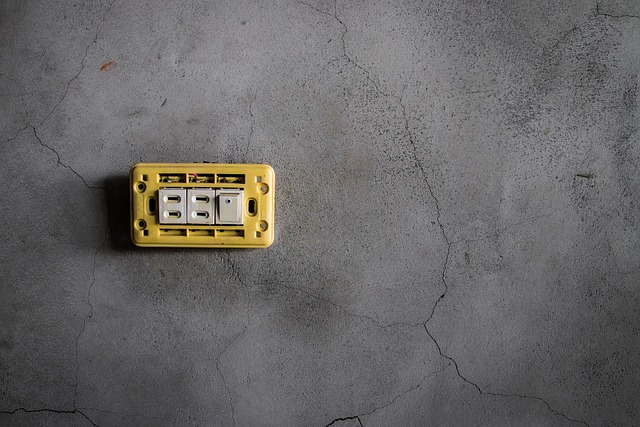
When it comes to slab leaks, timely repair is paramount. Ignoring a leak can lead to severe structural damage and costly repairs down the line. As water seeps into the cracks in your concrete slab, it can cause weakening and deformity over time, compromising the integrity of your foundation. This is especially problematic for older homes or buildings where regular maintenance may have been overlooked.
Prompt action on crack repair involves locating the source of the leak and implementing fixes to prevent further damage. By addressing the issue early, you can save thousands in renovation costs and ensure the longevity of your property’s structural framework.
Step-by-Step Repair Process
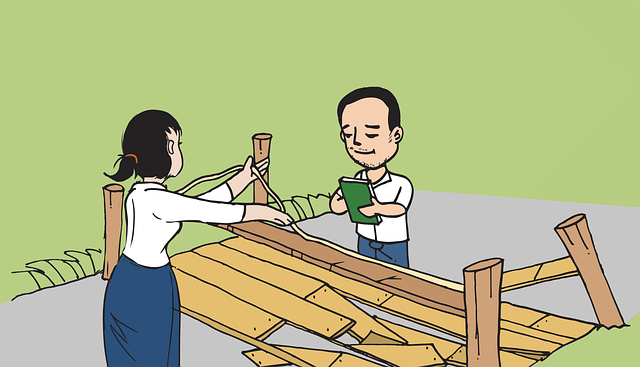
When it comes to slab leak repair, understanding the process is key. Here’s a step-by-step guide that helps you navigate through the fix:
1. Identify the Leak: Start by pinpointing the source of the leak. Look for any visible cracks or signs of water damage on your slab floor. This could indicate a broken pipe, faulty wiring, or even structural issues.
2. Turn Off Water Supply: Once located, shut off the main water supply to prevent further damage and waste. This is a crucial step, especially if the leak is from a pipe, to avoid extensive water damage while you work on the crack repair.
Common Materials Used in Repair
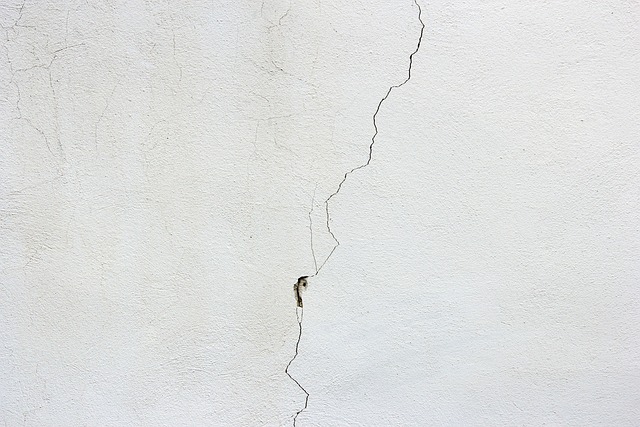
When it comes to slab leak repair, a variety of materials are employed to address different types of cracks and leaks. One of the most common materials used is epoxy resin. Epoxy offers exceptional strength and longevity, making it ideal for repairing larger cracks. It’s applied as a liquid that hardens into a durable polymer, effectively sealing the leak and preventing further damage. Another material frequently utilized is polyurethane foam, particularly effective for smaller, hairline cracks. This flexible substance expands to fill tiny gaps, providing excellent insulation against water intrusion.
In addition to these, cement-based products are also popular. These ready-mix compounds are easy to apply and can be used to patch and repair various types of slab surfaces. They offer good compressive strength and are suitable for both indoor and outdoor applications. Furthermore, rubber or silicone-based sealants are often used as a final layer over repairs, offering flexibility and protection against temperature changes and moisture absorption. These materials collectively contribute to effective crack repair and the longevity of your slab structure.
Cost Considerations for Repair
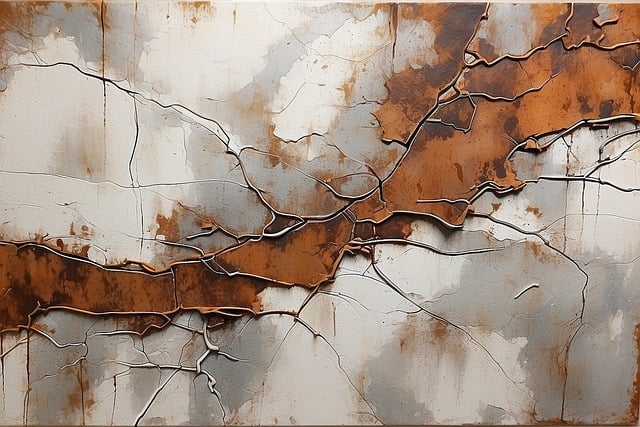
When considering slab leak repair, cost is a significant factor for homeowners. The expense can vary greatly depending on several variables, including the extent of the damage, the size and type of slab, and whether there are any hidden issues that require additional work. For minor cracks or leaks, repairs can range from a few hundred dollars for simple fixings to around $2000 for more moderate cases involving replacement of sections.
Major repairs, especially those requiring full slab replacement, can cost tens of thousands of dollars. It’s crucial to get multiple estimates from reputable contractors and understand the pricing breakdown before starting any work. Additionally, some insurance policies may cover slab leak repair costs, so reviewing your coverage is a wise step in managing potential financial burdens.
Preventive Measures for Future Leaks
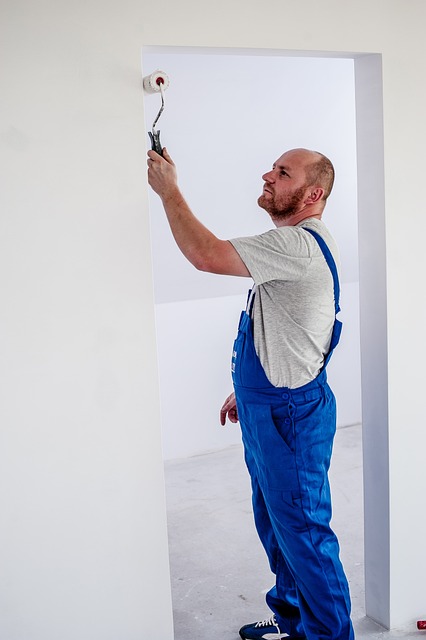
After addressing a slab leak, it’s crucial to implement preventive measures to avoid future occurrences. One effective strategy is regular inspection and maintenance. Homeowners should periodically check for any signs of moisture or cracks in the slab, as these could be early indicators of potential leaks. Addressing small issues promptly can prevent significant damage down the line.
Additionally, ensuring proper drainage around the foundation can mitigate leak risks. Maintaining clear gutters and downspouts, along with creating a slight slope away from the house, helps divert rainwater away from the slab, reducing the chances of water intrusion. Regular crack repair is another vital preventive step; even minor cracks can widen over time, especially in regions prone to temperature fluctuations, so sealing them promptly keeps leaks at bay.
